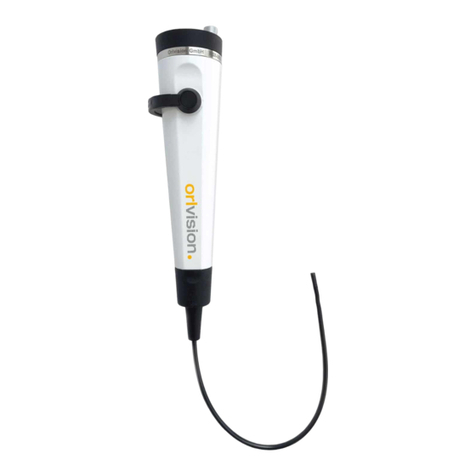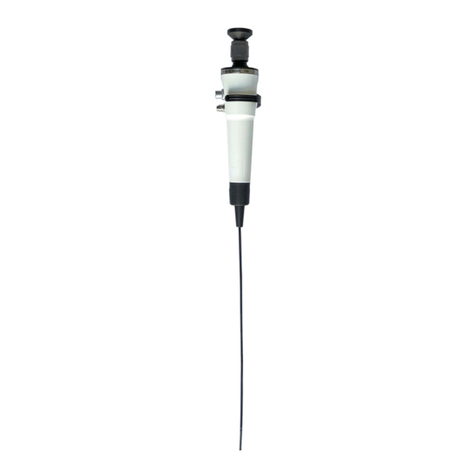
2
Content
1 Risks and hazard warnings .............................................................................................................. 3
1.1 Notes ....................................................................................................................................... 3
2 Intended use ..................................................................................................................................... 4
3 Symbols used ................................................................................................................................... 5
4 Functionality and application ............................................................................................................ 6
4.1 General .................................................................................................................................... 6
4.2 Notes on use............................................................................................................................ 6
4.3 Application ............................................................................................................................... 6
4.4 How it works ............................................................................................................................ 6
4.5 Scope of delivery ..................................................................................................................... 7
5 Technical data .................................................................................................................................. 7
5.1 Data Video Rhino Laryngoscope ............................................................................................. 7
5.2 Electromagnetic radiation ........................................................................................................ 8
6 Manufacturer .................................................................................................................................... 8
7 Recommended accessories ............................................................................................................. 9
7.1 Cold light source ...................................................................................................................... 9
7.2 Monitor ..................................................................................................................................... 9
8 Connection of the Video Rhino Laryngoscope ................................................................................. 9
9 Use of the Video Rhino Laryngoscope........................................................................................... 10
9.1 White balance ........................................................................................................................ 10
9.2 Insert, angle and retract the insertion tube. ........................................................................... 10
9.3 Switch off ............................................................................................................................... 11
10 Cleaning, care and disinfection ................................................................................................. 11
10.1 Manual procedures ................................................................................................................ 11
10.1.1. Cleaning ......................................................................................................................... 11
10.1.2. Disinfection .................................................................................................................... 11
10.1.3. Final rinse ...................................................................................................................... 12
10.2 Machine processes ................................................................................................................ 12
10.3 Leak test ................................................................................................................................ 14
10.4 Care ....................................................................................................................................... 15
11 Maintenance and repairs ........................................................................................................... 15
11.1 Return .................................................................................................................................... 15
12 Disposal ..................................................................................................................................... 15
13 Reporting of serious incidents ................................................................................................... 15





























